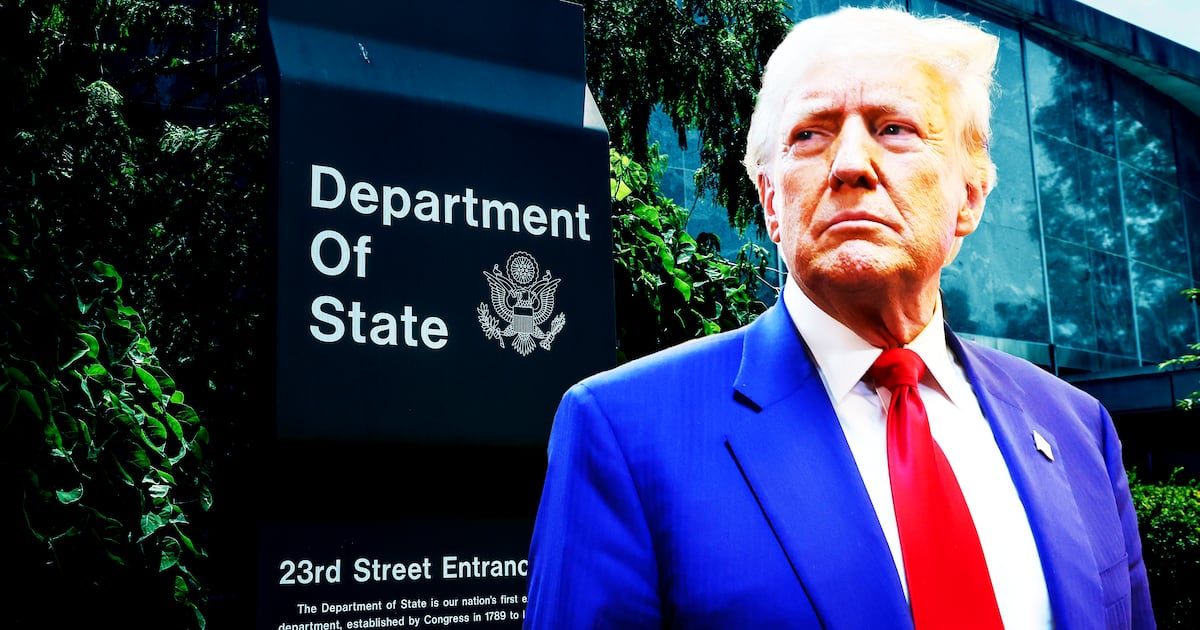Talk about a super-sized oy vey. As the news of Mayor Bloomberg’s crackdown on how much sugary soda New Yorkers could drink by cup size cascaded through social media, it was clear that he had touched a nerve. Even on The New York Times website, which first reported the proposed regulation, opinion was running heavily against Nanny Bloomberg in the comments section.
In theory, the policy is excellent; portion control makes sense given our dietary culture of more (and more) for less (and less). Let’s draw a line in the soda, so to speak, on selling cups that hold more than 16 ounces of liquid. If they can’t hold it, they won’t be able to drink it.
In practice, the execution of said policy couldn’t be more execrable. It is hard to think of a better way to turn soda into a symbol for intrusive, meddlesome, government than to have a humorless billionaire poking his finger of disapproval into one’s daily life and arbitrarily saying “your cup shall not runneth over 16 ounces!” Bloomberg might as well have replaced Lady Liberty’s torch with a Big Gulp. He is a walking advertisement for libertarianism.
The simple reason is that rules like this mock the idea of law and democratic accountability. You’re going to police this how? Shut down restaurants that don’t comply? I guess so! But then why not insist on maximum calorie limits on everything else restaurants serve, like cheese and steak and dessert? When you single out one product but exempt others of a similar kind, you send the message that those who legislate do so unfairly.
Many commentators have already weighed in on the second problem, which is that the ban is unlikely to have any impact on obesity—and even if it does, it will be too small to be measurable or, rather, won’t be measured at all. The evidence that soda has been the lead driver of the obesity epidemic is larded with assertion rather than hard data; the randomized control trials that have managed to almost eliminate sugary drink consumption showed no statistically significant weight loss over time, except for those who were obese and high soda consumers to begin with; sugary soda consumption has been declining.

All this is true and, moreover, it is supported by non-soda-industry-funded research. But more to the point, policies targeting specific foods are all the product of what might be thought of as the great “noble lie” of public health when it comes to obesity: we’re all eating too much; we’re all getting fat; we’re all going to be obese if Saint Bloomberg and his angelic host of public-health experts and apparatchiks don’t save us from our gluttonous ways.
But guess what? We’re not all eating and drinking too much and getting fat and becoming obese. Obesity is simply not an aggregate problem that we’re all suffering from; and that means that micromanaging the food environment is going to do little, if anything, to solve the problem for those who actually have a problem.
Take a fairly recent and staggering study, which asked the following obvious question: how much soda do teenagers consume? To do this, the researchers analyzed dietary data from the annual National Health and Nutrition Examination Survey for the periods 1988 to 1994 and 1999 to 2004, which covered thousands of kids. The results showed that the majority of kids were low to moderate consumers of sugared drinks, but that the top 20 percent of adolescent males were super-consumers, chugging up to 193.6 ounces a day, the equivalent of 16 cans of soda (the mean for this top quintile was a more comprehensible 57 ounces).
How will Mayor Bloomberg’s new rule deter these super-consumers? Will they simply buy two 16-ounce cups—or is that to be restricted, too? Will it mean that ordinary kids, who once shared a super-large soda will now each buy a 16-ounce soda—and if so, will they end up actually drinking more soda in the end?
Portion control is a great idea, when people get to choose it in practice. This means they have control over meaningful choices. Think about an alternative universe where Mayor Bloomberg announced that New York City Health Department regulated establishments had to offer the new micro 7.5 ounce cans of soda as well as the bigger servings—and that they had to sell them at a proportional price to the bigger drinks so they couldn’t price gouge. That would be giving people a real choice to drink less, not taking away their choice to drink more.
But the heavy hand of humorless government has a way of taking a good idea, ruining it, and then spinning the result. When New York City’s public schools eliminated whole milk a couple of years ago and proclaimed a victory in the fight against childhood obesity, not one school kid was actually weighed to see if they’d lost weight. The geniuses behind the policy simply added up the calories they had removed from the cafeterias and counted that as weight not put on. Meanwhile the kids switched to chocolate milk, which had roughly the same calorie content but fewer nutrients. Brilliant, no?
The deeper problem is that Mayor Bloomberg is in thrall to behaviorism, the idea that changing people’s environments will force them to do what they wouldn’t do if left to their own, fallible, free will. It is a highly seductive theory for politicians and public-health experts alike, but not so much for the public that has to stomach both the condescension and the results.






